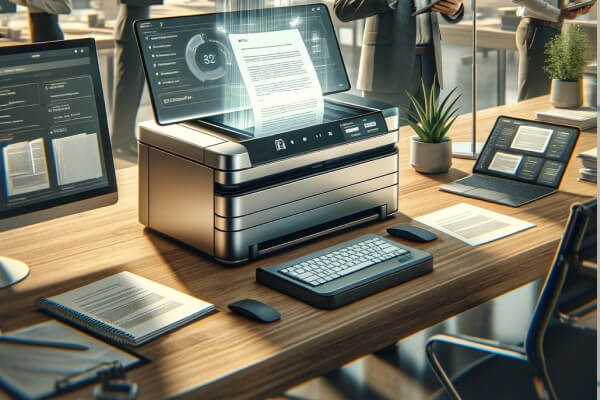A document management system (DMS) is a sound investment, whether you want to boost the efficiency of your accounts payable (AP) process or maximize the security of your finance data. But with all the options available in the market, finding the best DMS software for your business is often easier said than done.
What makes a good DMS software?
The best DMS solution is one that addresses your business’s unique needs. During your search, consider these factors:
1. Access
With a paper-based document management process, you only have so much control over who has access to crucial documents. This lack of control increases the risk of documents getting lost or damaged, and can lead to inefficiency down the line.
When investing in a DMS, choose a solution that offers high levels of control over the documents you process and store via the system. Ideally, users must have access only to the documents they need in order to accomplish their tasks. Therefore, the DMS must make it easy to set up varying access permissions for different users.
A DMS that lets you access and process documents using mobile devices is also worth looking into. PairSoft, for instance, lets you approve invoices through its mobile app. Considering the increasing demand for flexible working options in light of the coronavirus pandemic, mobile access improves your team’s ability to complete their tasks when they work away from the office.
2. Features
List down all your organization’s unique needs and invest in a DMS solution that addresses most, if not all of them. Do you need a better way to handle forms for collecting and organizing important data? Then select a solution that lets you create and deploy web-based forms, which can be distributed instantly and automatically to eliminate manual data entry. And if you are looking for ways to speed up periodic audits, then choose a DMS that excels at collecting and storing documents and transactional data.
3. Security
Data breaches are expensive and will result in costly penalties for your company. Your DMS must employ the latest cybersecurity technologies to protect your documents from loss, exposure, and theft.
Most DMS solutions nowadays store your documents in multiple offsite cloud servers. This setup makes it possible to create several backups of your files, which will prove handy in case of disasters or cyberattacks. These servers are also protected by advanced security measures, such as firewalls and multifactor authentication, to keep out unauthorized and malicious parties.
4. Compatibility
Any new technology must be compatible with your existing system. Incompatibilities can easily result in disruptions, redundancies, and avoidable expenses in the future. Note all the apps you’re using and make sure your DMS integrates smoothly with them. For instance, if Business Central is your enterprise resource planning solution of choice, then your DMS must be compatible with that.
5. User-friendliness
Time is an important resource in business, so the best DMS is one that does not require many hours to set up and master. If the solution isn’t intuitive enough for all your staff to use or maximize its features, then it could lead some employees to prefer the inefficient methods they’re used to, resulting in possible delays.
6. Support
Using even the most intuitive DMS software may not be smooth-sailing in the beginning, so it’s important to have a high level of support backing you up. The software’s manufacturers should offer various channels you can reach out to in case you encounter a problem as you install and use their product.
If you can, look for a solution with a helpful community of users online. You may encounter the same issues that other users have experienced already. Input from these communities may save you from a lot of avoidable expenses and grief.
7. Cost
Needless to say, the DMS’s cost should stay well within your budget. Examine both the running cost of the program and the cost of ownership, which include:
- The software’s price
- Extra costs, such as new hardware to run the program
- Consulting fees, especially as you start using the solution
- Installation and deployment costs
- Upper service tiers that guarantee more features you may need at an added cost
PairSoft is a DMS solution for organizations looking to improve the efficiency, flexibility, and security of their document management process. Discover the many ways it can set up your business for growth by scheduling a free personalized demo today.






